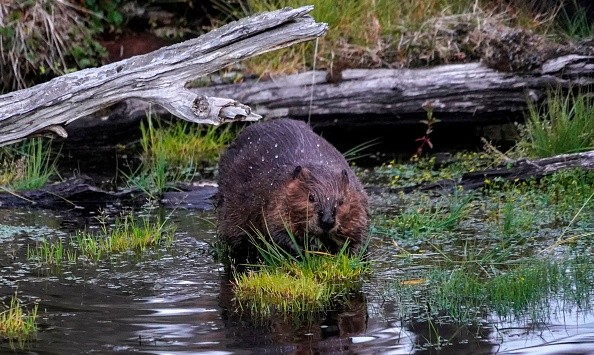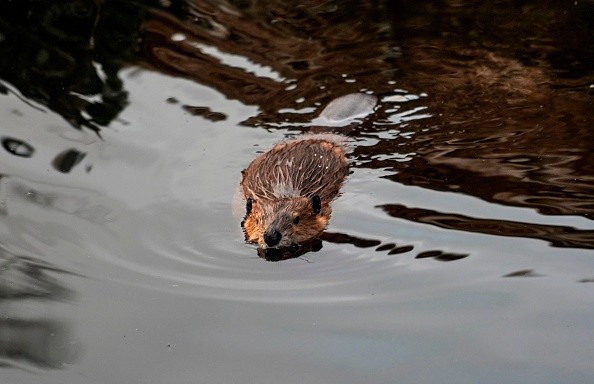Wild beavers have taken over lakes and rivers across Scotland's southern Highlands following a sudden increase in their numbers.
NatureScot's survey estimates 1,000 beavers now inhabit the wild, getting to rivers north of Dundee in the east, westwards to Crianlarich, north of Loch Lomond, and south to Stirling on the river Forth. NatureScot is a government conservation agency.

Wild Beaver
Until recently extinct all over the UK from persecution and trapping, these semiaquatic rodents are being gradually introduced across Britain again - some formally, but sometimes unauthorized and in silence by rewilding fanatics.
So far, the largest of its kind in the UK, the NatureScot survey gave a confirmation beavers had set up 251 territories, more than twice - 120% - those discovered three years ago. A northerly population in Glen Isla, Angus, is near the southern boundary of the Cairngorms national park.
With the use of canoes and field surveys, researchers came to discover 13,204 verified signs of activity, like dams, scent mounds, burrows, lodges, tree feeding, and canal digging. There were indications of beavers close to Drymen, not too far from Loch Lomond, but no proof they had stayed there.
Increase in Beaver's Population
Beavers have increased nature tourism, configuring ponds, riverbanks, and wooded lochsides differently. Now, this animal can be commonly sighted on the Tay in Perth. NatureScot thinks it's just time that's needed before beavers start inhabiting around Loch Lomond, and from there will be seen across the west of Scotland.
The rise in bevers' number can be tracked down to the intentional and also incidental freeing of a small number of animals in private collections in the Perthshire region some decades ago.
However, that was not included in the plan. The Scottish government had hoped a formal and seriously controlled beaver reintroduction program kicked off in Knapdale on the Argyll peninsula in 2009 would set them up there.
In 2014, the Knapdale experiment officially came to an end with modest outcomes. Its population did not expand. Another set of 21 beavers have since been moved there from Tayside so it could stay sustainable. It was announced with a great short ceremonial tune, but it is hardly mentioned now.

Death of 115 Beavers
Those discoveries were a conservation victory but the agency was heavily criticized after revealing that 115 beavers had been killed in 2020 under licence, to safeguard farms, infrastructure and woodland, said NatureScot.
Another 31 beavers were confined and moved to an official reintroduction area in England and Wales.
The charity's conservation director, Alan McDonnell said: "NatureScot has sat on this grim tally since December, refusing to confirm it until today's bid to hide the figures behind a welcome turn of events for the overall beaver population. This is such a waste of life and opportunity when nature is in crisis."
Related Article : Beavers' Relocation Project Has Surprising Benefits for Local Salmon
For more news, updates about beavers and similar topics don't forget to follow Nature World News!
© 2025 NatureWorldNews.com All rights reserved. Do not reproduce without permission.





